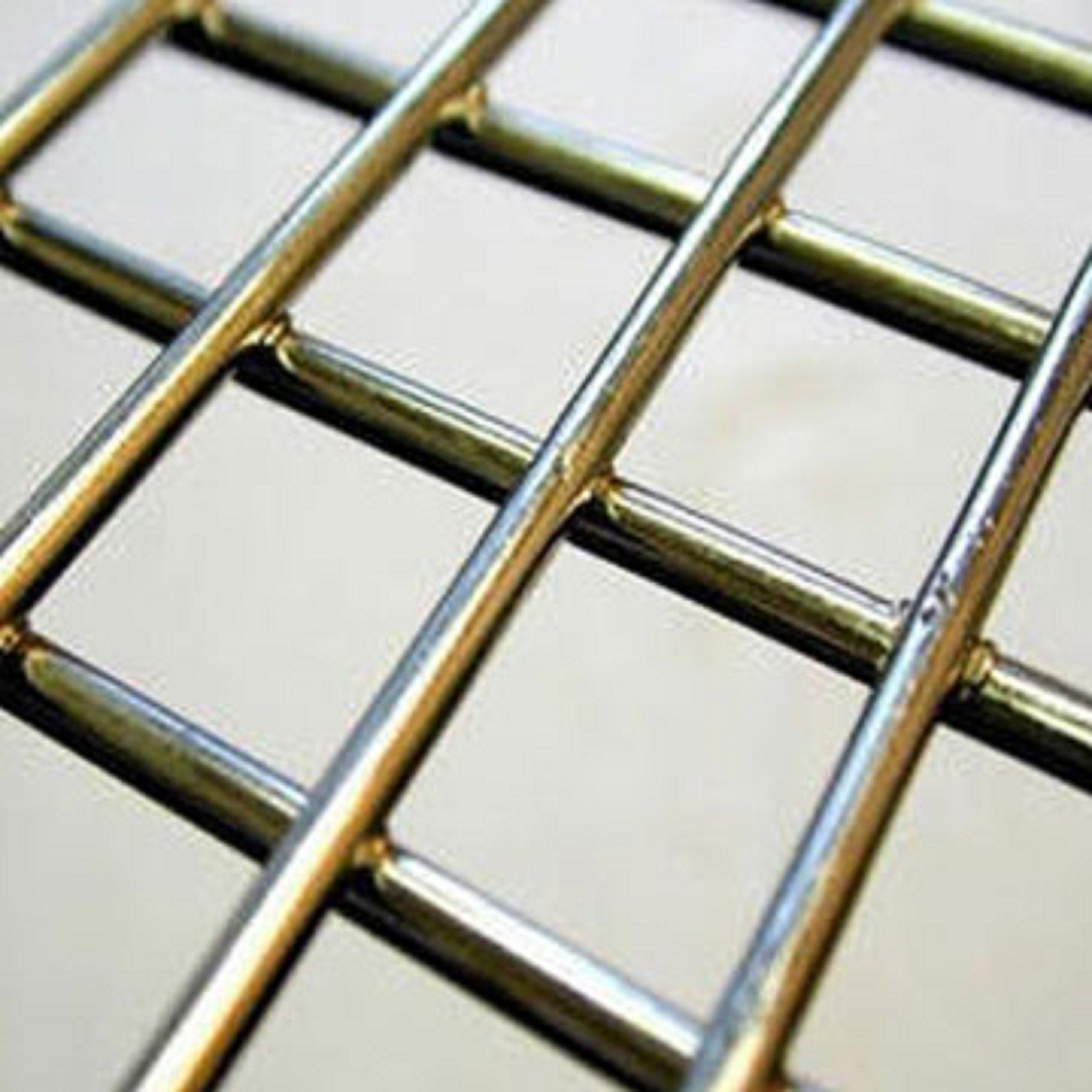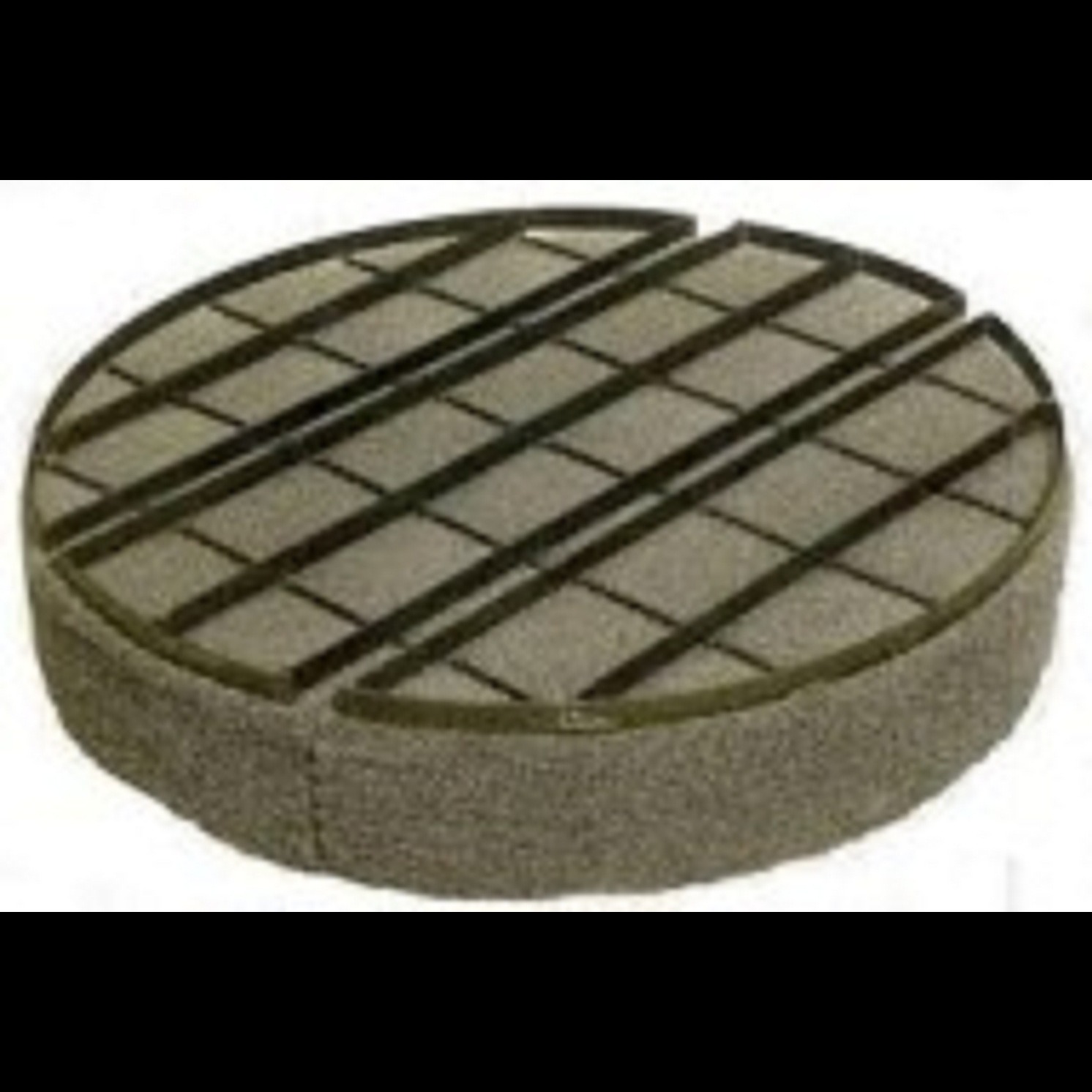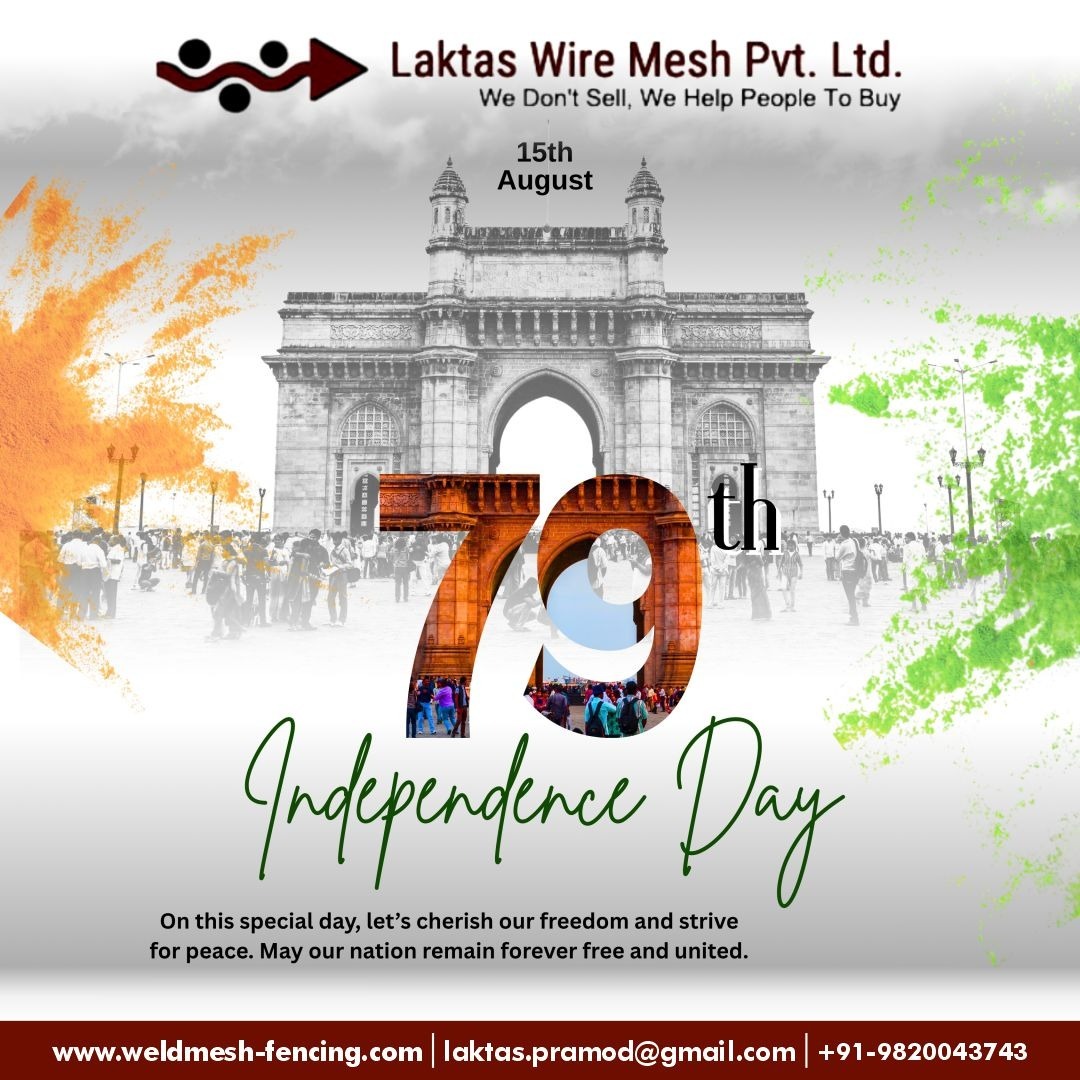
Welded mesh offers several advantages over traditional MS bar grids when used in flooring applications:
1. Strength & Stability: Welded mesh is created by welding steel wires at intersections, forming a rigid grid that provides excellent load-bearing capacity.
2. Ease of Installation: Unlike MS bar grids, which require manual tying and alignment, welded mesh comes pre-fabricated, reducing labor time and effort.
3. Durability: Welded mesh can be galvanized or PVC-coated, making it more resistant to corrosion and environmental wear compared to untreated MS bar grids.
4. Uniformity: The consistent spacing and welding of the mesh ensure uniform strength distribution, reducing weak points in flooring.
5. Cost Efficiency: Since welded mesh is pre-manufactured, it minimizes material wastage and speeds up construction, leading to cost savings
Here are some key points from the technical data sheet on welded wire mesh panels:
1. Material Composition: The mesh is made of galvanized steel wire, which undergoes a hot-dip galvanizing process to enhance corrosion resistance.
2. Physical Properties:
o Tensile Strength: 435-480 MPa
o Elongation: 20-25%
o Hardness: 150-170 HV1
3. Dimensions:
o Wire diameters range from 2.5 mm to 3.4 mm.
o Mesh sizes vary, with common configurations like 66x68mm, 100x100mm.
4. Coating: A thin zinc layer (0.020-0.030mm thick) is applied to prevent corrosion.
5. Applications: Used for flooring, construction, agriculture, fencing, gardening, and machine protection.
6. Storage Recommendations: Should be stored in dry, closed conditions below 50°C, protected from moisture and direct sunlight.
Here's a comparison between welded mesh and traditional MS bar grids based on specifications:
1. Material Composition
• Welded Mesh: Made from galvanized steel, stainless steel, or mild steel with a protective coating.
• MS Bar Grid: Made from mild steel bars, which may require additional coatings to prevent corrosion.
2. Strength & Durability
• Welded Mesh: Has high tensile strength (435-480 MPa) and uniform load distribution due to welded intersections.
• MS Bar Grid: Strength depends on bar thickness and spacing; requires manual tying, which can create weak points.
3. Corrosion Resistance
• Welded Mesh: Often galvanized or PVC-coated, offering better corrosion resistance.
• MS Bar Grid: Susceptible to rust unless treated with paint or coatings.
4. Installation & Handling
• Welded Mesh: Pre-fabricated panels, easy to install, reducing labor time.
• MS Bar Grid: Requires manual tying and alignment, increasing labor costs.
5. Cost Efficiency
• Welded Mesh: Lower material wastage, faster installation, reducing overall costs.
• MS Bar Grid: Higher labor costs due to manual assembly.
6. Applications
• Welded Mesh: Used in flooring, construction, fencing, agriculture, and machine protection.
• MS Bar Grid: Primarily used in reinforced concrete structures.
Keywords
34 mm
25 mm
elongation 2025
pvccoated offering
bar thickness
50c protected
common configurations
key points
cost savings
construction leading
consistent spacing
pvccoated making
rigid grid
intersections forming
welded mesh
mild steel
galvanized steel wire
welding steel wires
alignment welded mesh
welded mesh offers
mild steel bars
mesh sizes vary
reinforced concrete structures
require additional coatings
direct sunlight heres
dry closed conditions
wire diameters range
hotdip galvanizing process
technical data sheet
minimizes material wastage
environmental wear compared
require manual tying




